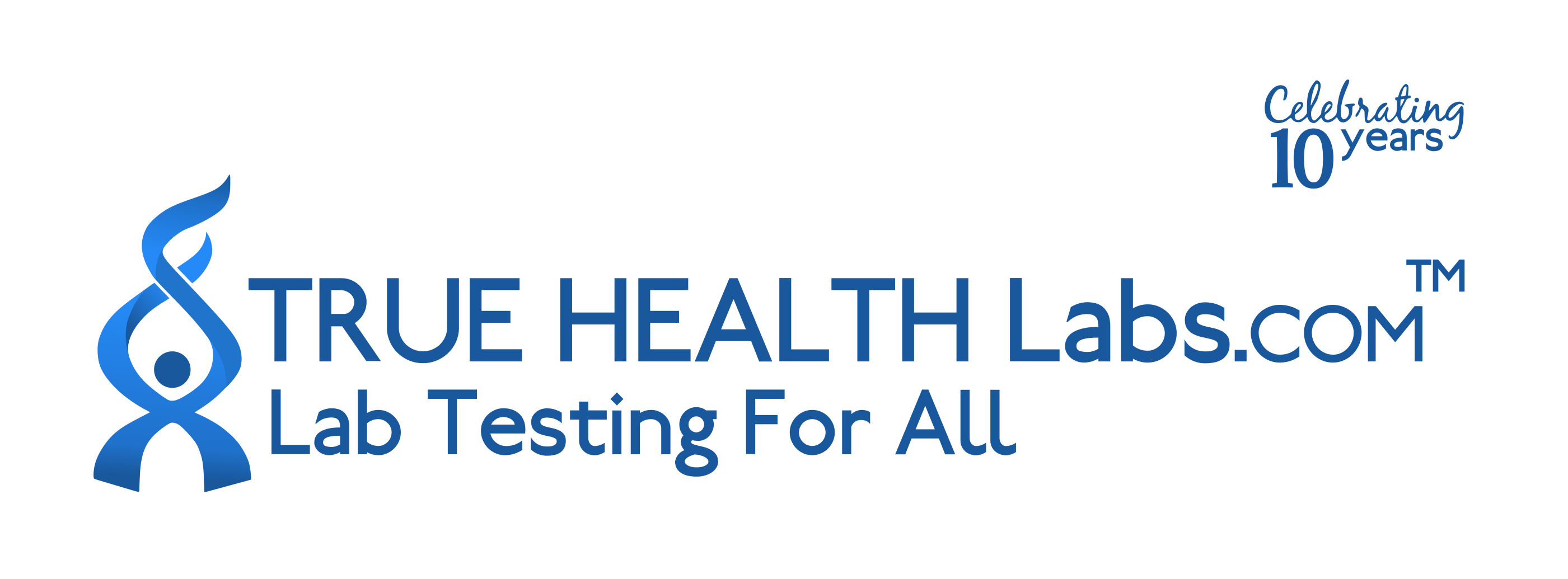Ordering the GI Pathogen PCR by Doctor’s Data
The GI Pathogen PCR by Doctor’s Data helps identify bacteria, viruses, and parasites that can cause stomach pain, diarrhea, bloating, and other digestive problems. This test uses advanced PCR technology to detect genetic material from a wide range of pathogens, making it possible to find infections that may not show up with standard stool tests. Interestingly, PCR testing can sometimes detect infections even after symptoms have started to improve, which can help guide treatment decisions.
Ordering this test can help you:
- Pinpoint the exact cause of ongoing digestive symptoms like cramps, gas, or loose stools
- Detect hard-to-find infections such as norovirus, rotavirus, or giardia
- Identify multiple infections at once, including bacteria, viruses, and parasites
- Reduce the need for repeated or unnecessary treatments by targeting the right cause
- Get results quickly, often within 14-21 business days, for faster answers
Who Should Consider Digestive Pathogen Screening
People who have been dealing with unexplained stomach pain, frequent diarrhea, or bloating after travel or eating out may benefit from this test. For example, someone who recently returned from a trip and started having stomach cramps and fatigue might want to know if a specific infection is causing their symptoms.
Ordering this test may also be helpful in these situations:
- After a family member or close contact has had a stomach infection
- When symptoms like nausea and vomiting keep coming back without a clear reason
- If you have a weakened immune system and are more likely to get infections
- When you have tried common treatments but symptoms are not improving
- For people who work in food service or childcare and need to rule out contagious infections
Testing for digestive pathogens can help you find out exactly what is causing your symptoms, so you can get the right treatment and avoid unnecessary antibiotics or missed infections. Delaying this test could mean longer-lasting symptoms or spreading an infection to others, especially in group settings.
Preparing for Digestive Infection PCR Testing
Fasting is not required for this test, but you should follow the instructions in your test kit for collecting your stool sample. Make sure to carefully read and follow any directions your doctor or healthcare provider gives you to ensure your sample is collected correctly and your results are as helpful as possible.
Labs Included When Ordering Your GI Pathogen PCR by Doctor’s Data
| Test Name | Reference Range | What It Means | Low and High Levels of GI Pathogen PCR by Doctor’s Data |
|---|---|---|---|
| Clostridium difficile (Toxin A&B) | Not detected | This test checks for toxins made by C. difficile bacteria, which can cause severe diarrhea and abdominal pain, especially after antibiotics. |
High levels mean an active C. difficile infection is likely, which may need treatment.
Low levels mean the toxins are not present, so infection is unlikely. |
| Shiga toxin-producing E. coli | Not detected | This marker looks for E. coli bacteria that make Shiga toxin, which can cause bloody diarrhea and, in rare cases, kidney problems. |
High levels mean a Shiga toxin-producing E. coli infection is present.
Low levels mean no Shiga toxin-producing E. coli was found. |
| Campylobacter | Not detected | Campylobacter is a common cause of foodborne illness, leading to diarrhea, cramps, and fever, often after eating undercooked poultry. |
High levels mean a Campylobacter infection is likely.
Low levels mean no Campylobacter was found. |
| Salmonella | Not detected | Salmonella bacteria can cause stomach pain, fever, and diarrhea, often linked to contaminated food or water. |
High levels mean a Salmonella infection is present.
Low levels mean no Salmonella was detected. |
| Shigella | Not detected | Shigella bacteria can cause severe diarrhea, fever, and stomach cramps, and are easily spread in group settings. |
High levels mean a Shigella infection is likely.
Low levels mean no Shigella was found. |
| Yersinia enterocolitica | Not detected | Yersinia can cause fever, abdominal pain, and diarrhea, sometimes mimicking appendicitis, especially in children. |
High levels mean a Yersinia infection is present.
Low levels mean no Yersinia was detected. |
| Norovirus GI/GII | Not detected | Norovirus is a highly contagious virus that causes vomiting and diarrhea, often spreading quickly in schools or care facilities. |
High levels mean a norovirus infection is present.
Low levels mean no norovirus was found. |
| Rotavirus A | Not detected | Rotavirus is a common cause of severe diarrhea in young children, but can also affect adults, leading to dehydration and stomach upset. |
High levels mean a rotavirus infection is present.
Low levels mean no rotavirus was detected. |
| Giardia lamblia | Not detected | Giardia is a parasite that can cause long-lasting diarrhea, stomach cramps, and weight loss, often from drinking untreated water. |
High levels mean a Giardia infection is present.
Low levels mean no Giardia was found. |
| Enterovirus | Not detected | Enteroviruses can cause a range of symptoms, from mild stomach upset to more severe illness, and are often spread through contaminated food or water. |
High levels mean an enterovirus infection is present.
Low levels mean no enterovirus was detected. |
| Helicobacter pylori | Not detected | Helicobacter pylori is a bacteria linked to stomach ulcers and chronic gastritis, and can cause stomach pain, nausea, and bloating. |
High levels mean a Helicobacter pylori infection is present.
Low levels mean no Helicobacter pylori was found. |
Reference ranges may change slightly as labs update their methods or as new research becomes available. Always check your report for the most current information.
GI Pathogen PCR by Doctor’s Data FAQ
Is there GI Pathogen PCR by Doctor’s Data testing near me?
This is a home test kit, so you can collect your stool sample at home and send it to the lab using the prepaid shipping label. If you have ongoing stomach pain or diarrhea, being able to collect your sample at home means you don’t have to wait for a clinic appointment or travel far, making it easier to get answers quickly.
How do I interpret the test results?
While your treating physician should review your results, you can also use our one-on-one test results review service for a detailed explanation from our clinical team.
What is the cost of the test?
The price you see includes standard shipping to your address and return shipping to the lab, but local draw fees may apply. Ordering this test can help you find the cause of your symptoms sooner, so you can start the right treatment and feel better faster.
How often should I retest?
Retesting is usually recommended if symptoms return after treatment or if you have ongoing digestive issues that don’t improve within a few weeks. Repeating the test can help confirm if an infection has cleared or if a new pathogen is present.
How accurate is the test?
This test uses polymerase chain reaction (PCR) to detect the genetic material of bacteria, viruses, and parasites in stool samples, which is highly sensitive and specific. The test has a sensitivity of 98% and a specificity of 99%, and all testing is performed by CLIA-certified and CAP-certified labs to ensure dependable results.
Important Notes
None.
Medical Review Board
Reviewed by Jeff Donohue M.D. from Body Logic and Brady Hurst DC, CCCN. Written by True Health Lab’s team of editorial health contributors.
Disclaimer: This information is for educational purposes only and not intended as medical advice. Consult your healthcare provider for personalized guidance.
Why Customers Trust True Health Labs - What People are saying
Also rated 4.6 out of 5 based on 3452 ShopperApproved reviews- See all TrueHealthLabs.com reviews.






